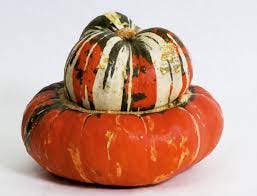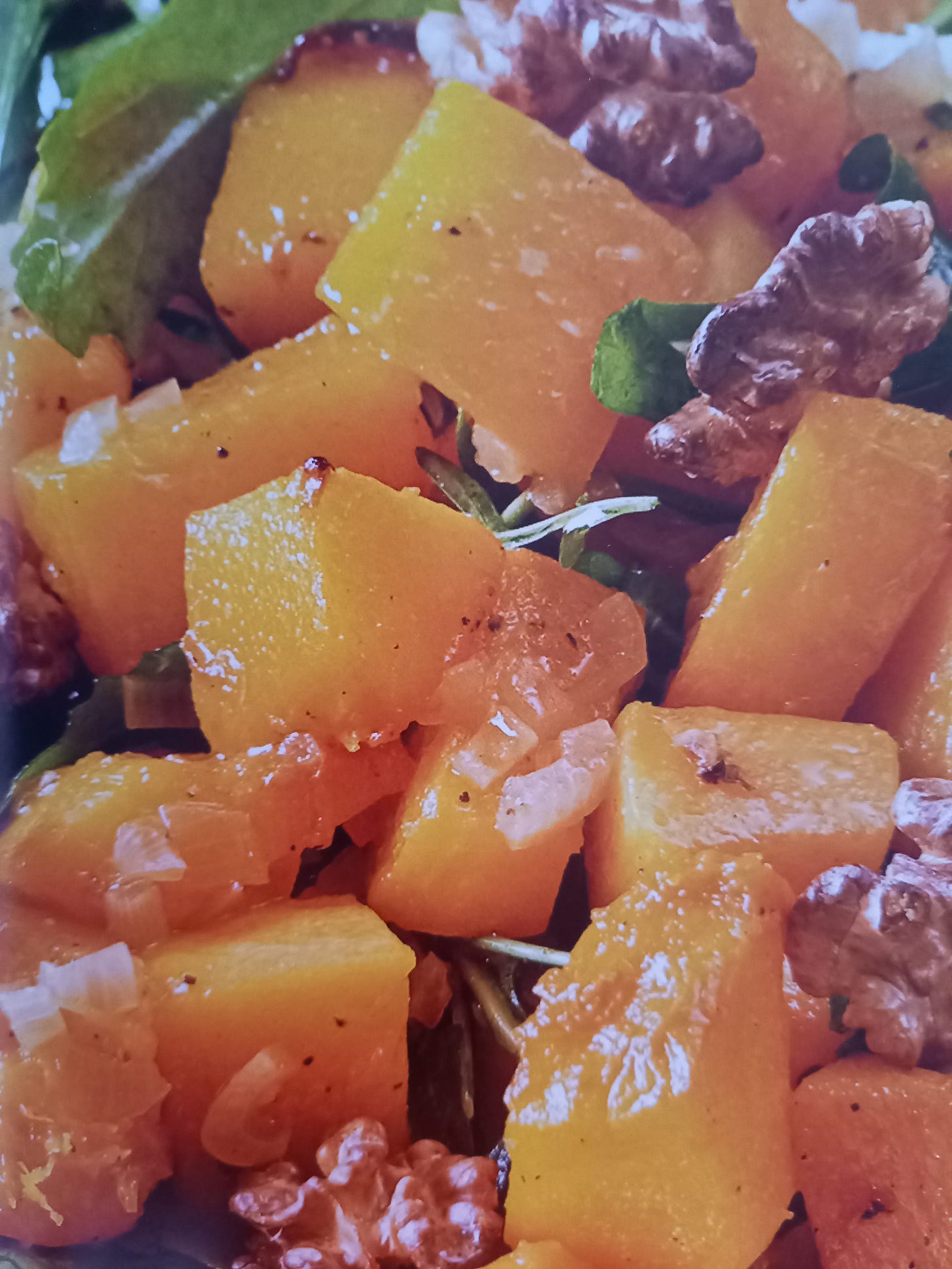In my view, should you be at all curious, ‘The Bridge’ is a mistake. What bridge, you ask? Not the terrific Scandi Noir TV series. The bridge that now links Christmas with New Year to create an unbroken week-long period away from regular life.
Before people gave up going back to work in between the festivities, we had Two Holidays. With The Bridge, we’ve reduced it to one. Well, that was surely a mistake? With a single unbroken stretch, what is there now to look forward to once you’ve opened your presents and stuffed yourself to the gills? Those extra days that used to be spent at work getting all excited about the next unruly excitement are now taken up with time-filling justifications for stealing the longer break. This inevitably includes reciprocal visits to Auntie Maud, Uncle Geoffrey and all those ghastly cousins who you only saw just yesterday, dammit. Or pre-(fill in the meal) drinks with neighbours who for the rest of the year you mutter about for not hauling their trashcans back in or playing their music too loud. Or grinding your teeth in order not to say something you shouldn't to a relation you otherwise only see for a few hours at a stretch the rest of the year. Or being slumped on the sofa at 11.43 in the morning wondering how on earth to fill the remaining time leading up to a lunch you probably don’t want as much as you thought you did when it was proposed the night before in the addling fumes of a boozy dinner and hadn’t yet tackled the washing up - that mellow interval when all is bathed in a coral light. None of this would you be subjected to if you had gone back to work on 27th December, looking forward to another break five days later to cavort anew for 48 hours. (Yes: no way are you going to make it out of your haven on January 1st.)
That dead-zone period between Christmas and the New Year is extremely challenging to cater for, in my experience. No-one wants to eat any more turkey - unless it’s eaten clamped between heavily buttered bread standing at the open refrigerator sometime after midnight, with smears of left-over cranberry sauce and bites of cold stuffing for probably the best meal of the entire holiday period.
You sense it’s important to remain within the Yuletide spirit when it comes to cooking, of course you do. But is there any ingredient which carries on the seasonal connection without making you feel you’ve had wall insulation thrust down your throat?
I know it worked its socks off over Thanksgiving, but can I propose a pumpkin dish?
Cinderella’s Fairy Godmother did the pumpkin no favours. She led us to believe the only role for that humongous orange job was as a carriage. This pumpkin patch staple is what we’ve come to believe is the sole variety on offer in the pumpkin line. We invest in one in October to stab it with a sculpting knife and stick a candle inside but we seldom buy a pumpkin to eat.
This is an oversight. There’s at least one grower on line whose web site will introduce you to 65 different varieties of pumpkins and other squash. Just one of them is the heirloom pumpkin the Native Americans introduced to the New England colonists several hundred years ago, a variety now known in the US as the Connecticut Field pumpkin. The rest of them fall into a subsection of the Cucurbita genus with around 30 species of which the pumpkin is the most familiar.
Because this is the holiday period, we won’t go into more detail because if you’re slumped on your sofa during ‘The Bridge’, reading about squash is even more dispiriting than having to placate those next-door-neighbours over the back fence with some kind of seasonal offering because they’ve made it clear they would prefer you not to string a laundry line across your yard.

You won’t be surprised to know that cucurbita go back at least 8000 years, predating beans and maize in South America by about 4000 years. Excavations beginning in the 1960s in the Guilá Naquitz cave in Oaxaca, Mexico, established that they were domesticated long before beans and maize. The word ‘squash’ comes from askutasquash in the Narragansett language, meaning ‘a green thing eaten raw’, and documented by the founder of Rhode Island, Roger Williams, in 1643 in A Key Into the Language of America.
I’m ashamed to admit until quite recently I’ve poo-poo’d all squash as anything other than table decorations. I just thought: bland sweetened squelch presented as a pie tasting overwhelmingly and necessarily of cinnamon. (Which is second only to caraway as my least favourite flavour.) Ina Garten changed all that with an excellent recipe for a warm butternut squash salad in which, in my photo below, I omit her Parmesan cheese and dried cranberries but into which I sometimes tuck slivers of Parma ham. It’s a good dish for The Bridge.
And then came the squash’s ‘moment’, when they showed up on every London menu, in whatever cuisine was the focus for the restaurant.
How wrong could I have been. In this in-between time before the New Year, pity the cook. Our appetites have been so well sated they now find it a challenge to rise with any enthusiasm to the next meal. Give people something from a cucurbit. Acorn squash are generally easy to find in supermarkets, are good looking to have lying about, and don’t get mushy with cooking. Delicata and Kabocha, too. But frankly almost all squash work in almost all dishes.
This recipe for The Bridge roasts thick slices of pumpkin and tumbles them over a garlic sauce - Greek skordalia, basically, which is also delicious with roast lamb, or as a vegetable dip, or with steamed fish. I dollop a little zhoug over the finished dish and sprinkle with fried onion slivers (a good store cupboard staple which can be bought in a pot in Asia supermarkets). Salsa verde or chimichurri works as well as zhoug - or buy a bag of arugula when you’re getting your squash and use that for perky colour.
For zhoug, just blitz together 4 large peeled and chopped cloves garlic, 2 packed cups fresh cilantro leaves, 4 medium seeded jalapeños, 1 teaspoon salt, 1 teaspoon ground cardamom, ¾ teaspoon ground cumin, ½ teaspoon red pepper flakes or more to taste, ¾ cup extra-virgin olive oil. Or just buy a jar. It’s the holidays.
Whichever curcubita you’ve chosen, scrub them, slice them, scrape off the seeds, and roast them. Preheat the oven to 200C/400F. Pour into a large mixing bowl 1 tablespoon of maple syrup and 2 tablespoons of olive oil, add salt to taste and a generous amount of freshly ground black pepper. Whisk it together with a fork then dump in your squash slices and turn them to coat thoroughly. (Double up the quantities of emulsion if you’re still feeding a large cast.) Spread the slices in a baking pan and roast for about 25-30 minutes until softened and beginning to char a little.
For the skordalia base
Boil 4 peeled and chopped medium potatoes in salted water until soft. Drain, reserving ½ cup of the water, and return to the pan off the heat. Add 6 large garlic cloves, peeled and finely minced, ½ cup olive oil, 3 tablespoons red wine vinegar, ½ cup of the reserved potato water, salt and plenty of black pepper to taste. Mash the potatoes or run them through a ricer, to make a smooth puree of a thick sauce consistency. Spread a thick layer of the cooled sauce over a platter and set the squash slices over, the dob with zhoug and sprinkle over the fried onions.
Happy and peaceful Bridge.









Skordilia takes me back to my old neighborhood restaurant in Cambridge, Massachusetts called Desfina. One of these days I’ll have it in Greece but for now I’m glad to have your version to enjoy in Maine perhaps followed by a good scandi noir❤️
YUM